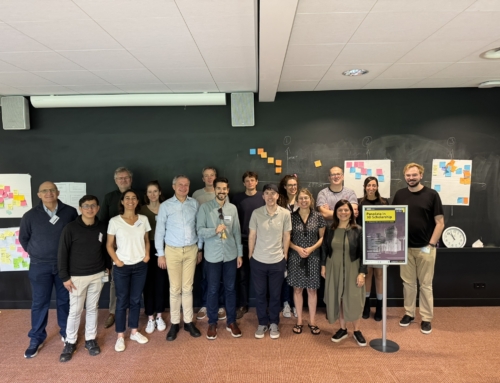The Toys with Voice project exemplifies how academic pedagogy and digital infrastructure can intersect to redefine cultural heritage scholarship. Developed through Maastricht University’s MA Media Studies Digital Cultures program, this project leverages the PURE3D research infrastructure to train students in creating 3D Scholarly Editions (3DSEs)—multimodal digital objects that contextualize toys as vessels of social history.
At its core, the project fosters collaborative knowledge production. Students begin by democratically selecting toys through a proposal-and-vote system, ensuring diverse perspectives shape the research agenda. This participatory approach extends into iterative design cycles where 3D modeling, peer critique, and theoretical analysis merge—a process that challenges traditional hierarchies between technical execution and humanities scholarship. The tension between academic rigor and public accessibility emerges as a central pedagogical concern, requiring students to balance detailed metadata documentation with engaging narrative frameworks.
Technically, participants gain fluency in 3D capture workflows, mastering photogrammetry techniques while addressing challenges like noise reduction and texture mapping. More critically, they learn to construct layered interpretations using PURE3D’s annotation tools, embedding historical context, marketing analyses, and cultural symbolism directly into interactive 3D models. These skills align with FAIR data principles, as students utilize PURE3D’s repository to ensure their creations remain findable, accessible, interoperable, and reusable.
The outcomes reveal a dual impact: students develop digital literacy through hands-on software training while cultivating critical perspectives on material culture. A student’s reflection—“Creating a 3D model that tells layered stories about society taught me more than any traditional paper could”—underscores how the project transcends technical skill-building to foster epistemological shifts. Simultaneously, the project provides real-world validation of PURE3D’s infrastructure, testing its capacity to support complex 3DSE creation and preservation.
This synergy between pedagogy and infrastructure positions PURE3D as more than a technological platform—it becomes a living laboratory for reimagining digital humanities practice. By integrating 3D modeling, critical theory, and sustainable preservation protocols, the Toys with Voice project demonstrates how academic training can both utilize and advance research infrastructures, creating feedback loops that benefit students, scholars, and cultural heritage communities alike.





